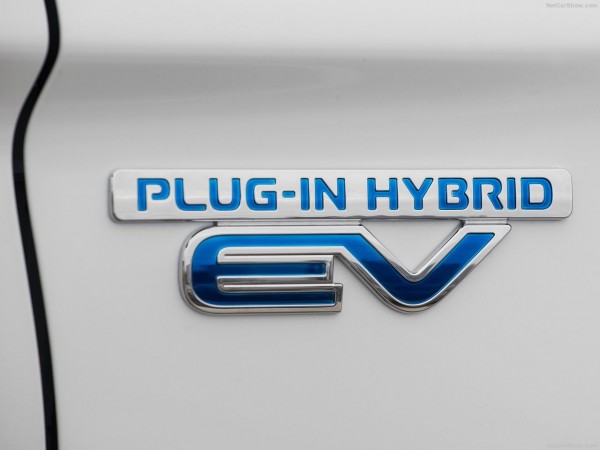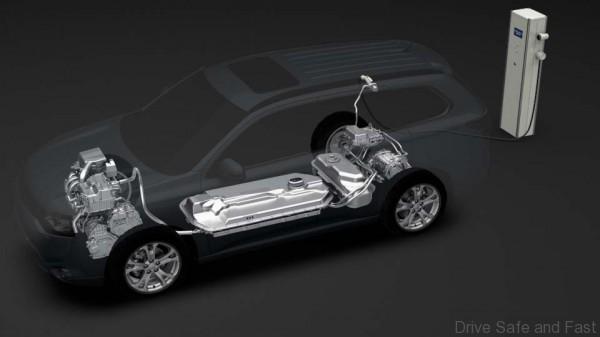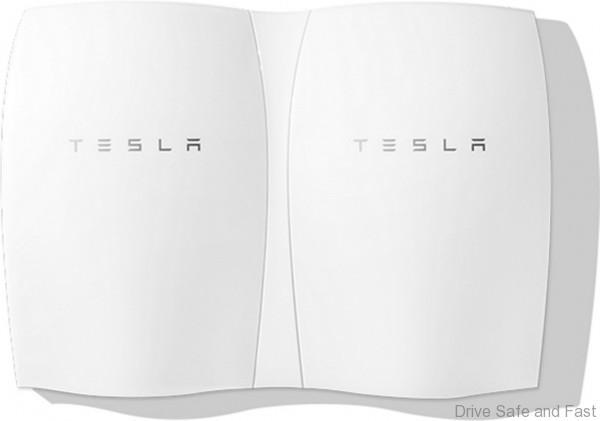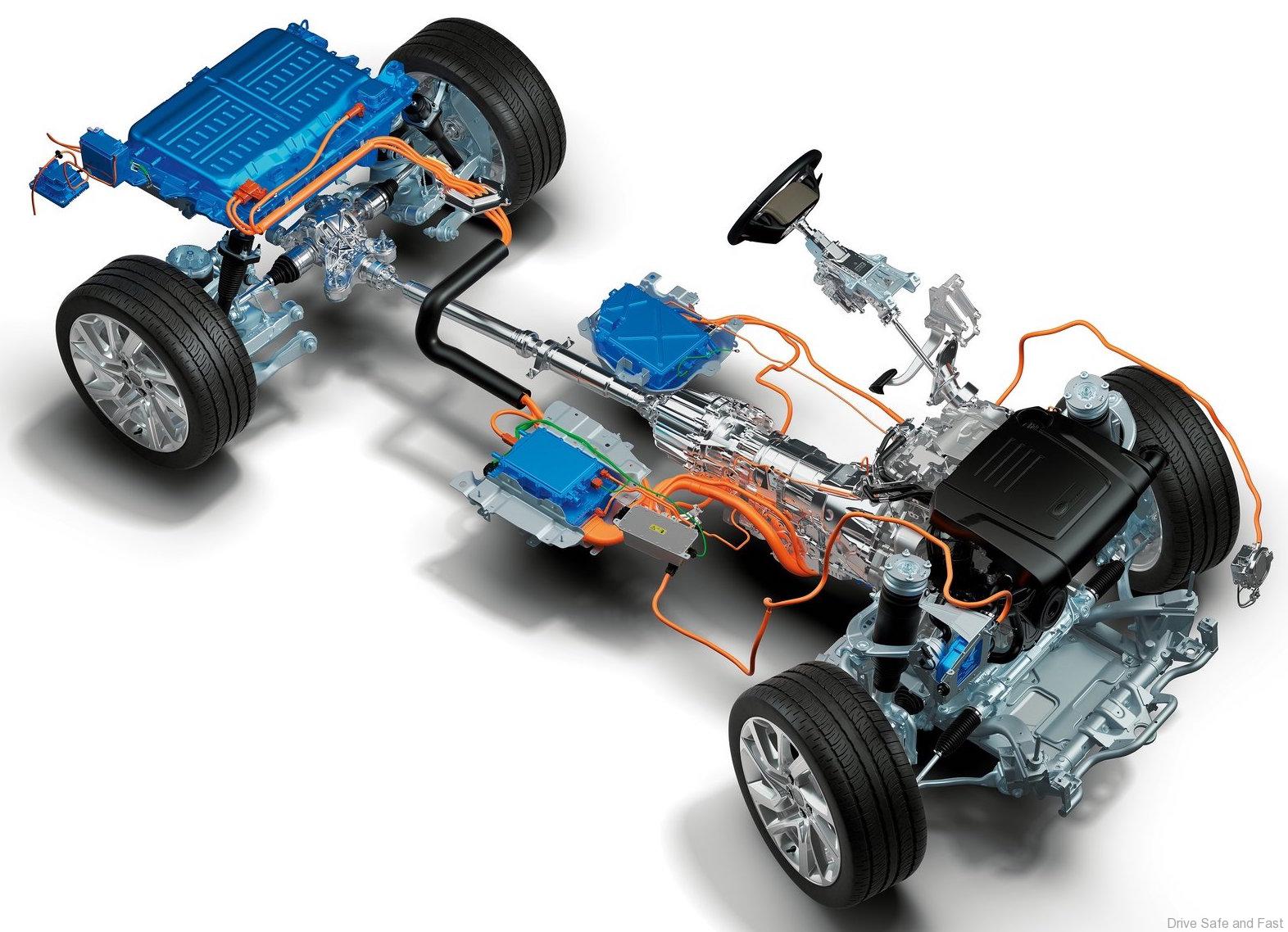BMW Malaysia, Mercedes-Benz Malaysia and Volvo Car Malaysia have been rather successful in their efforts to push Plug-in Hybrid Electric Vehicles (PHEV) in the market. These were brought in at relatively good prices despite mostly being rather highly specced cars. The Premium PHEV party is now dying down, with many PHEV variants completely disappearing from showrooms and being replaced by petrol variants.

We also know that some of these PHEVs have pretty expensive replacement costs, so once their warranties are up, owners and those looking to buy used, might have to bear enormous costs should these batteries give way or get too weak.

So, what happens to all those dead or underperforming batteries? Well one of three things.
- they end up in a landfill
- they end up being recycled for their raw materials
- they end up being refurbished
It’s this 3rd option that’s most exciting as it opens up a whole new range little industry and many companies like Tesla, are already invested in this. It’s called Stationary Storage.
Electric vehicles need as much energy as possible for as little weight and cost as possible, and since newer batteries are projected to get lighter, cheaper and more energy-dense, refurbished batteries don’t seem like the best use-case.

Instead, they’ll be used un Stationary Storage applications. These are essentially large power banks for cities. They harvest and store energy when demand is low, then push that cheaper power to the grid when demand is high.
Will this work in Malaysia? Well, the number of PHEVs sold here is still minuscule compared to other developed countries, and without a new NAP in place, it’s difficult to tell how many more will be sold in the near future. But we do know that there are already a few battery refurbishing companies operating in Malaysia, so we the technology is already here. Let’s just see where it goes.
You can read a full report on Stationary Storage here.

